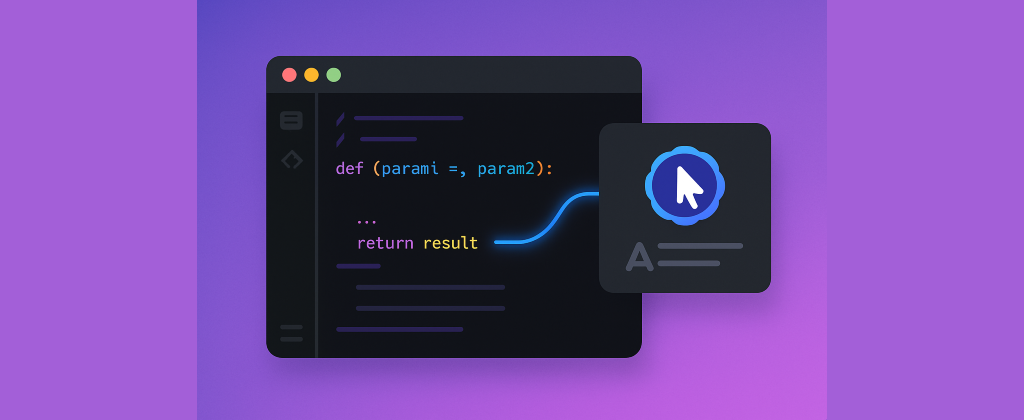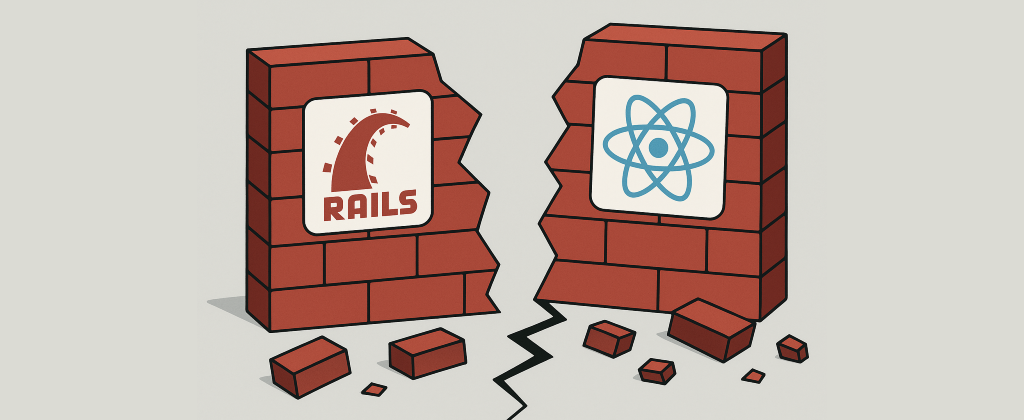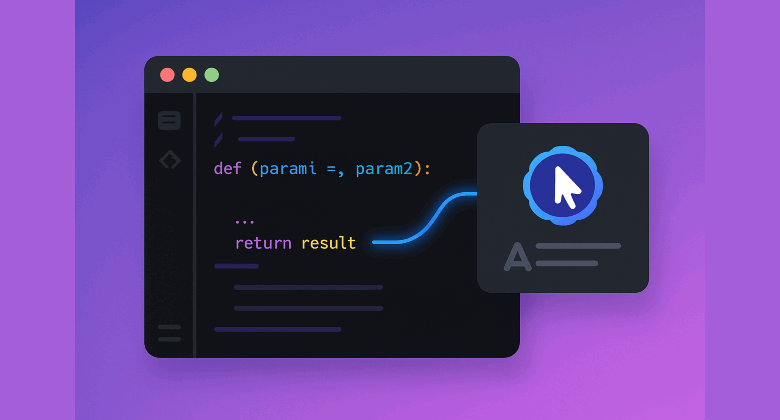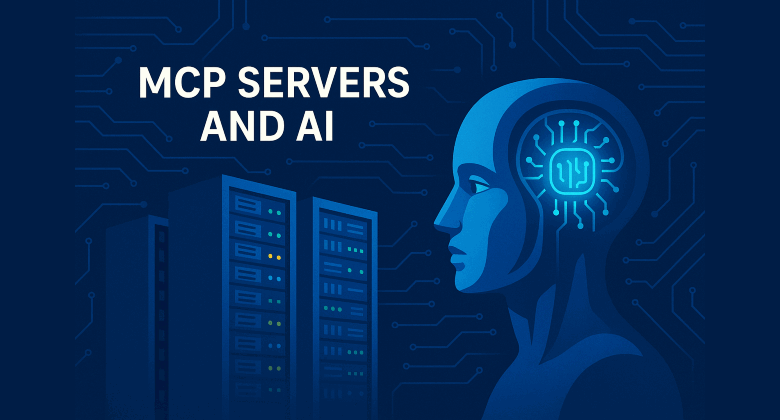Writing effective prompts for AI is less about magical keywords and more about clear communication. Whether you’re creating documentation, training a colleague, or automating tasks, the way you frame your request to an AI determines the quality of the result. In this extended guide, we’ll go step-by-step through prompt structures, metaphors that make the concept click, workplace training scenarios, and a library of examples you can use immediately.
Proxmox for the HomeLab
Meet Proxmox VE (Virtual Environment), a free and open‑source virtualization platform that fuses full KVM-based virtualization with LXC containers into one seamless web interface. It’s popular among home lab enthusiasts and IT pros who want enterprise-grade tools without enterprise-level licensing fees.
This post takes a deep dive into what Proxmox is and how to set up a powerful home lab using it; from the basics of installation to more advanced configurations like VLANs, backups, and clustering.
From VIM to Cursor. Why I’m Rethinking My Code Editor After 15+ Years
Cursor AI IDE is an AI-enhanced fork of Visual Studio Code that integrates large language models directly into your coding workflow. As a long-time VIM user who actively avoids bloated tools like VS, I never expected to be saying this; but after using Cursor for the past month, I’m seriously considering switching full-time. The productivity gains are just that significant, especially when working with complex monorepos.
Breaking the Monolith (Rails + ReactJS)
In the evolution of Ruby on Rails monoliths with embedded React views, complexity often grows in hidden layers. Models leak across layers, JavaScript bundles bloat, and teams struggle with test sprawl and unclear boundaries. But there’s a middle ground between monolith chaos and full microservices.
By modularizing Rails backends into Engines and separating React logic into distinct, domain-scoped bundles, teams can gain clarity, testability, and long-term scalability; all while keeping the development speed of a monolith.
Model Context Protocol Servers and AI… What???
Model Context Protocol (MCP) servers are reshaping how AI systems interact with the world. Think of them as standardized “ports” that let AI tools securely and intelligently plug into other systems, whether it’s file storage, databases, productivity tools, or developer environments. As the AI ecosystem matures, these servers are becoming critical infrastructure, quietly powering some of the most advanced capabilities in tools like Claude, Copilot, and Replit’s Ghostwriter.
This post digs into the Model Context Protocol (MCP), how servers implement it, why it’s becoming the USB‑C of AI, and what it means for developers building the next generation of intelligent apps.










